
WGI Named ENR Southeast’s 2021 Design Firm of the Year
ENR editors have recognized WGI as the 2021 Southeast Design Firm of the Year!
Learn from award-winning professionals — explore our whitepapers, blogs, and the latest industry updates.
Join our dynamic organization of engineers, land surveyors, landscape architects, environmental scientists, and architects!
Talk to a market leader today! We’ll answer any questions you have about our professional services.
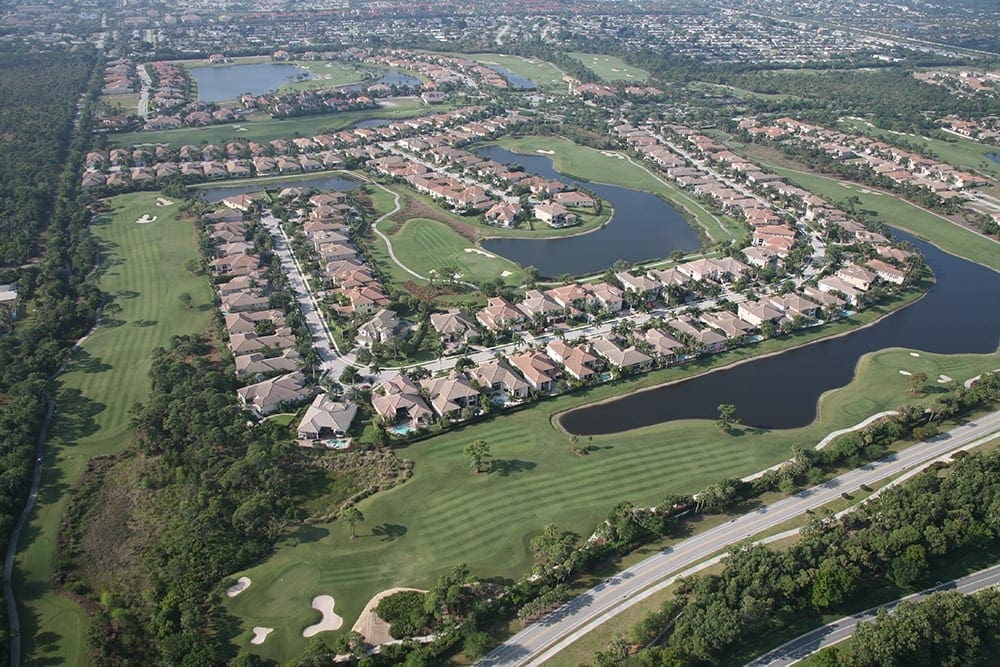
Are you looking for a site to develop? Do you have a piece of property that you are ready to develop and don’t know how to get started?
WGI’s planning and civil engineering experts have helped thousands of clients turn their raw land into successful projects that enhance their communities.
Before you get started on this exciting and challenging endeavor, here are the Top 10 things to check before you get started, and why.

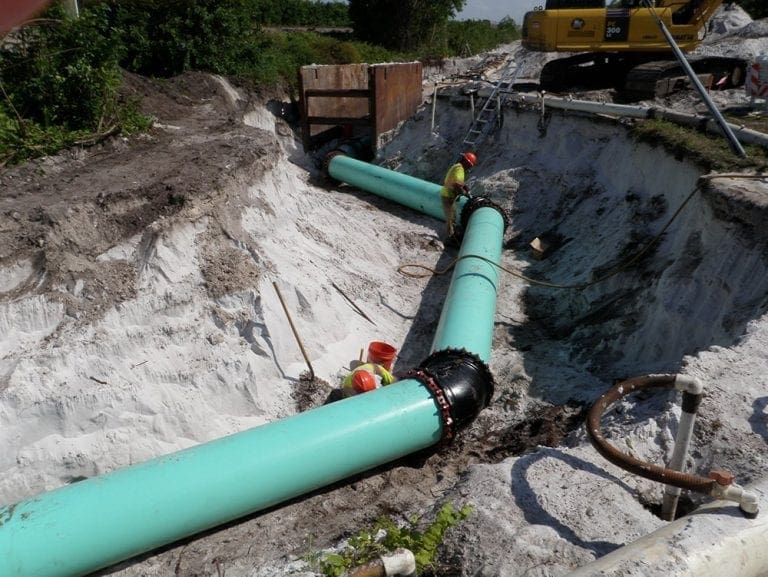
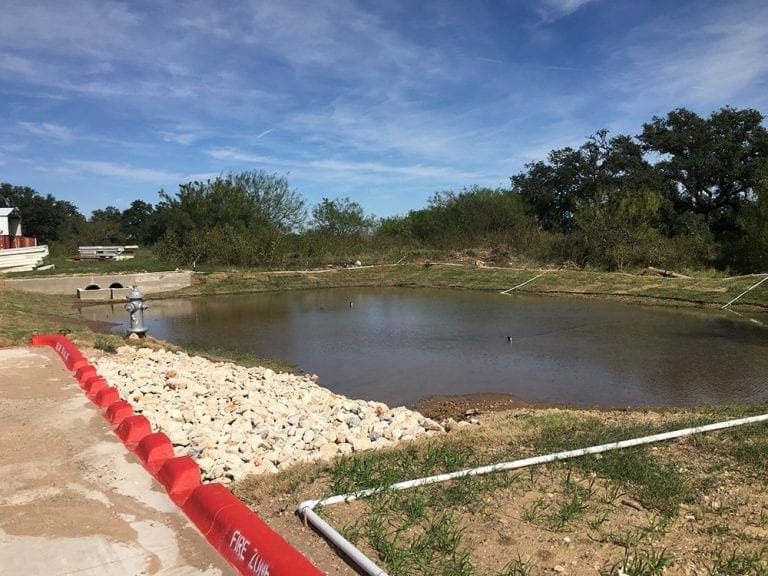
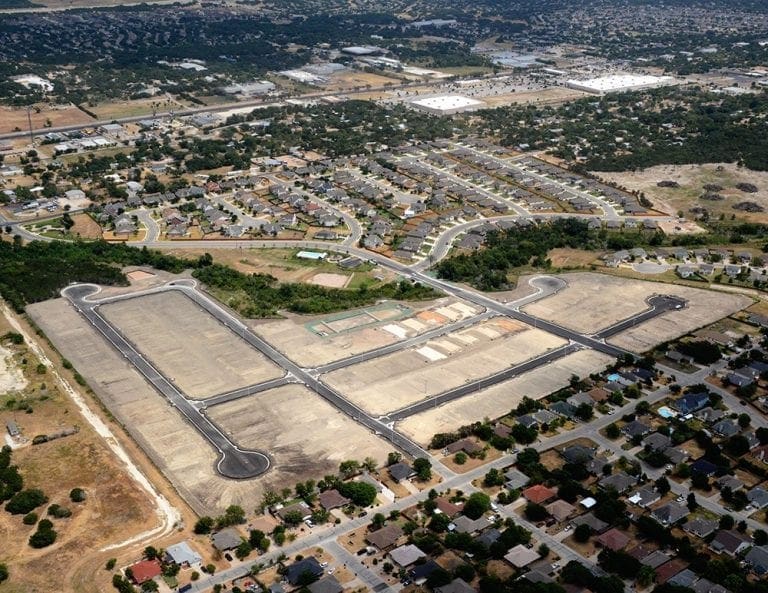

WGI is a national design and professional services firm leading in technology-based solutions for the construction of public infrastructure and real estate development. At WGI, we’re providing Tomorrow’s Infrastructure Solutions Today.

ENR editors have recognized WGI as the 2021 Southeast Design Firm of the Year!
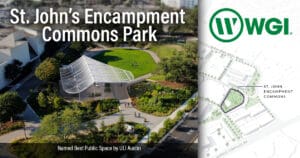
Explore the transformation of St. John’s Encampment Commons Park, a vibrant urban space at ACC’s Highland Campus. Through a shared vision amongst esteemed firms, the park blends history, sustainability, and a community-focused design, offering a space for gathering, learning, and reflection.

WGI moves up 37 spots on Engineering News-Record (ENR)’s 2020 Top 500 Design Firms List.

WGI has been in overdrive for the first three quarters of 2019, exceeding 2018 in the expansion of its employees, services, clients, and geographic footprint.

WGI’s experts from multiple divisions share their thoughts and predictions in terms of what we can expect to see in our industry in 2022 and beyond.

WGI is pleased to welcome five new hires in our San Antonio, Austin, Houston, Dallas, and Jacksonville offices.
You’ve been searching for a place like WGI. We look forward to meeting you soon.
Sign up to receive emails to hear our latest news and achievements in our monthly newsletter.
Enter your zip code, and we’ll personalize your experience with local projects, office locations, team members, and more.
WGI supports its associates with meaningful opportunities for growth, strong benefits and perks, while we work collaboratively with clients and co-consultants to shape and improve communities.






WGI is a dynamic organization with opportunities nationwide for engineers, land surveyors, landscape architects, environmental scientists, and architects.